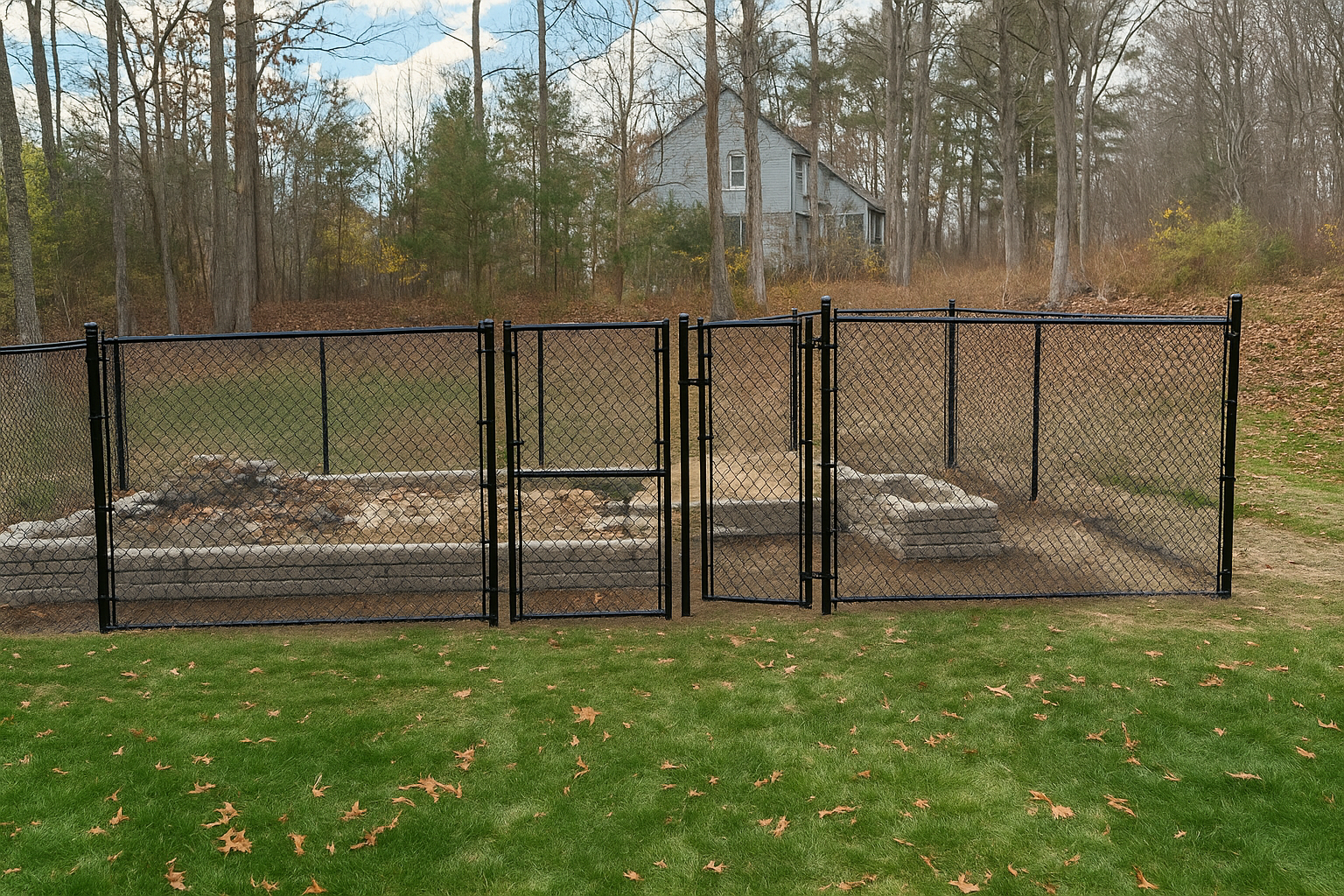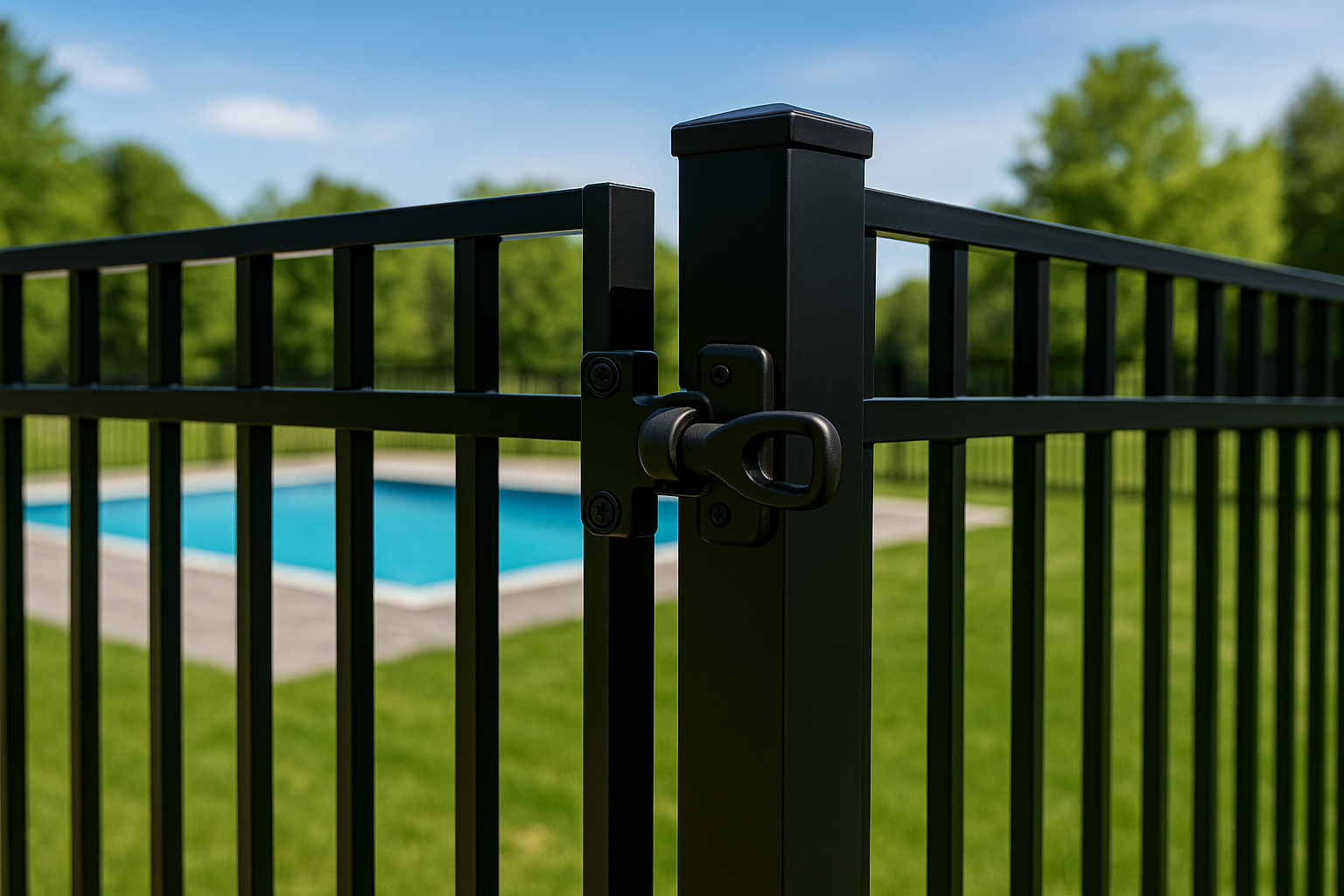Introduction
When it comes to fence installation in New Hampshire, choosing the right material is key. With varying climates and environmental conditions, homeowners often find themselves debating between cedar and composite fencing. Each option has its unique benefits and challenges, making the decision a complex one. This guide explores the ins-and-outs of cedar and composite fences, aiming to help you make an informed choice for your property.
Cedar vs. Composite: Best Wood Fence Installation for NH's Environment
Fencing is more than just a boundary; it's a statement about your home. In New Hampshire's environment, where winters can be harsh and summers humid, selecting the best type of fence is crucial for durability and aesthetics.
Understanding Cedar Fencing
What is Cedar Wood?
Cedar wood is highly sought after for its natural beauty and durability. Renowned for its resistance to decay, cedar offers a warm aesthetic that blends seamlessly with nature.
Benefits of Cedar Fencing
Natural Resistance to Pests: Cedar contains natural oils that repel insects. Longevity: With proper maintenance, cedar can last up to 30 years. Aesthetic Appeal: The rich colors and grain patterns enhance any landscape.Drawbacks of Cedar Fencing
Cost: Cedar fencing can be more expensive than other options. Maintenance Needs: Requires regular sealing or staining to maintain its appearance. Vulnerability to Weathering: Can warp or split if not properly cared for.Understanding Composite Fencing
What is Composite Wood?
Composite fencing consists of a blend of wood fibers and plastic materials, designed to mimic the look of traditional wood while offering additional durability.
Benefits of Composite Fencing
Low Maintenance: No need for staining or painting; just occasional cleaning will do. Durability: Resistant to warping, splintering, and fading. Eco-Friendly Options: Many composites are made from recycled materials.Drawbacks of Composite Fencing
Initial Cost: Generally higher upfront costs compared to cedar. Limited Aesthetic Variety: While they mimic wood well, some homeowners prefer the authentic appearance of real wood. Heat Retention Issues: Can become hot in direct sunlight.Comparative Analysis: Cedar vs. Composite Fence Installation
Cost Factors in Fence Installation Services
When considering your budget for fence installation services in NH:

| Type | Average Cost per Linear Foot | Lifespan | |--------------|------------------------------|----------| | Cedar | $15 - $30 | 20-30 years | | Composite | $25 - $50 | 25-30 years |
Weather Considerations for NH's Environment
New Hampshire experiences a range of weather conditions from snowy winters to hot summers:
- Cedar: May require more upkeep in extreme weather due to potential warping or splitting. Composite: Typically withstands temperature fluctuations better but may heat up under direct sunlight.
Installation Process: Professional Fence Installation vs DIY
Professional Fence Installation:- Hiring licensed fence contractors ensures quality work and adherence to local regulations. Professionals have experience with local terrain and climate considerations that may affect installation.
- Requires significant knowledge about tools and techniques. May save money initially but could lead to higher long-term costs if mistakes are made.
Choosing the Right Fence Installers in NH
Finding Licensed Fence Contractors
When looking for professional fence installation:

- Check reviews online Ask for references Ensure they are licensed and insured
Importance of Experience in Residential & Commercial Fence Installation
Experienced contractors understand the specific needs related to residential versus commercial properties:
- Residential installations focus on privacy and aesthetics. Commercial installations may prioritize security features.
FAQs About Cedar vs. Composite Fences
1. What is the average lifespan of cedar fencing?
Cedar fences can last between 20-30 years with proper maintenance such as sealing or staining every few years.
2. Is composite fencing eco-friendly?
Many composite materials are made from recycled products which makes them an eco-friendly choice compared to traditional wood options.
3. How do I maintain my cedar fence?
Regularly apply sealants or stains every couple of years to protect against moisture damage and UV rays.
4. Can I install my own composite fence?
Yes, but ensure you follow manufacturer http://www.eaglefencingne.com/ vinyl fence installation instructions carefully; hiring professionals will guarantee quality work without mistakes.
5. What is the cost difference between cedar and composite fencing?
Cedar typically ranges from $15-$30 per linear foot while composite can range from $25-$50 per linear foot based on quality.
6. Which type offers better privacy?
Both types can provide excellent privacy when installed correctly; however, solid panels often offer better coverage regardless of material type used.
Conclusion
In summation, both cedar and composite fencing have their pros and cons suited uniquely for New Hampshire's environment—each appealing depending on your budgetary constraints, aesthetic preferences, or maintenance willingness! If you're leaning towards a natural look with longevity potential (and don’t mind regular upkeep), then cedar may be your match! On the other hand, if low-maintenance practicality piques your interest without sacrificing beauty altogether—then consider going with composite!
Ultimately though? It boils down to personal preference—so weigh all factors carefully before making that final decision! Whether you choose cedar or composite fencing, remember that investing in professional fence installation services will yield lasting satisfaction while ensuring your property's boundaries remain secure amidst New England’s changing seasons!